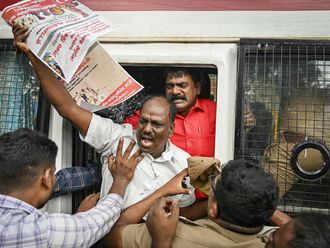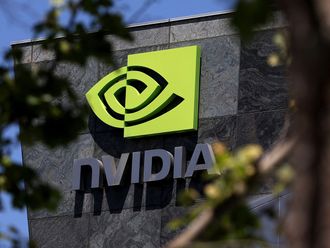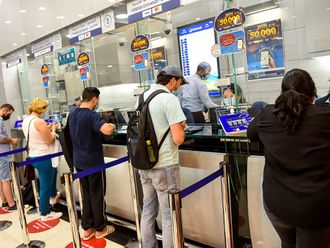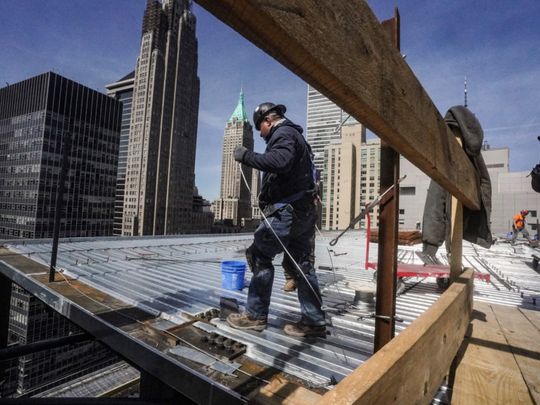
Washington: US hiring and workers’ pay gains accelerated in April, showing signs of labor-market resilience and fresh inflationary pressures in the face of economic headwinds.
Nonfarm payrolls increased 253,000 after a downwardly revised 165,000 advance in March, a Bureau of Labor Statistics report showed Friday. The unemployment rate fell back to a multi-decade low of 3.4 per cent.
The job growth was broad-based, reflecting gains in health care, professional and business services as well as leisure and hospitality. However, the prior two months of payrolls were revised lower by a combined 149,000.
The latest figures underscore the resilience of labor demand despite growing concerns about the toll high interest rates, inflation and tightening credit conditions are projected to take on the economy. While some businesses have paused hiring or laid off workers, others are still boosting pay in an effort to fill a multitude of open positions.
The S&P 500 opened higher, Treasury yields rose and the dollar strengthened.
The data come just after the Federal Reserve raised interest rates for a 10th and possibly final time of this cycle in an effort to tame inflation. Chair Jerome Powell has said that will likely require a period of below-trend growth and softer labor-market conditions.
Part of what the Fed would like to see is a further easing in pay gains. That didn’t happen in Friday’s report “- average hourly earnings rose 0.5 per cent in April, the most in about a year on an unrounded basis. From a year ago, they were up 4.4 per cent.
“The labor market remains extremely tight,” said Diane Swonk, chief economist at KPMG. “The Fed left the door open to additional rate hikes for a reason. This data is not as reassuring on a pause as we would like.”
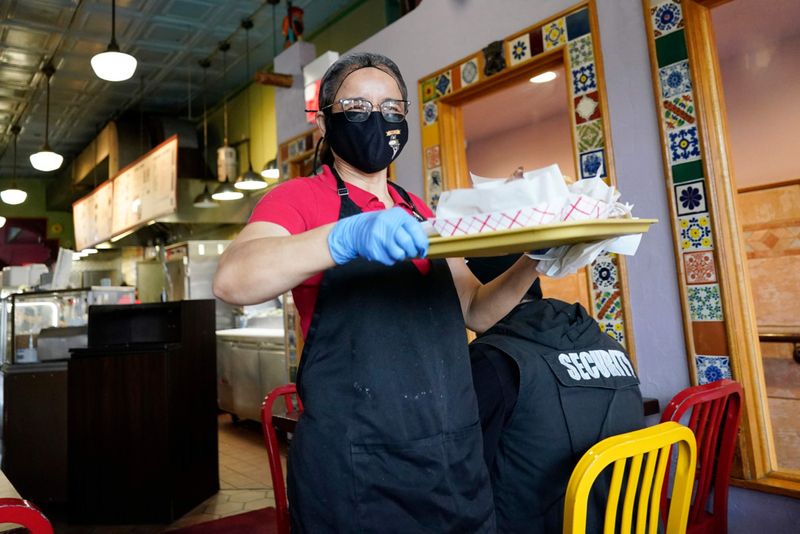
For those aged 25-54, the labor force participation rate “- the share of the population that is working or looking for work “- climbed in April to 83.3 per cent, the highest since 2008.
Powell, who’s said his own expectation is that the economy will grow modestly this year, still acknowledged that the US could experience a “mild recession.” Many economists, however, see the labor market deteriorating more rapidly in the second half of the year, underpinning expectations of a downturn.
Several policymakers have said the Fed won’t cut rates this year, but traders still don’t buy it. However, they pared those bets somewhat after the report.


